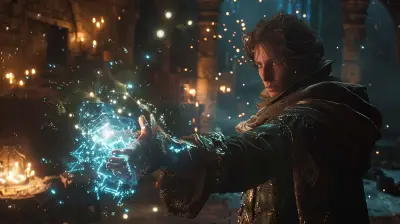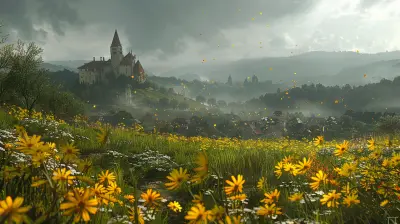Crafting the Perfect Party: Tips for JRPG Success
11 October 2025
So, you’ve fired up a shiny new JRPG (Japanese Role-Playing Game) and are ready to dive into its sprawling world, teeming with monsters, treasures, and all the drama you could want. But there’s a problem: your party keeps getting wiped out in battles, your healer runs out of mana too early, or your damage dealer can’t deal enough damage. Sound familiar? Don’t sweat it. Building the perfect party in a JRPG is more of an art than a science, and I’m here to help you master it.
By the end of this guide, you’ll know how to assemble a squad that not only survives but thrives in even the nastiest of boss fights. Let’s jump in, shall we?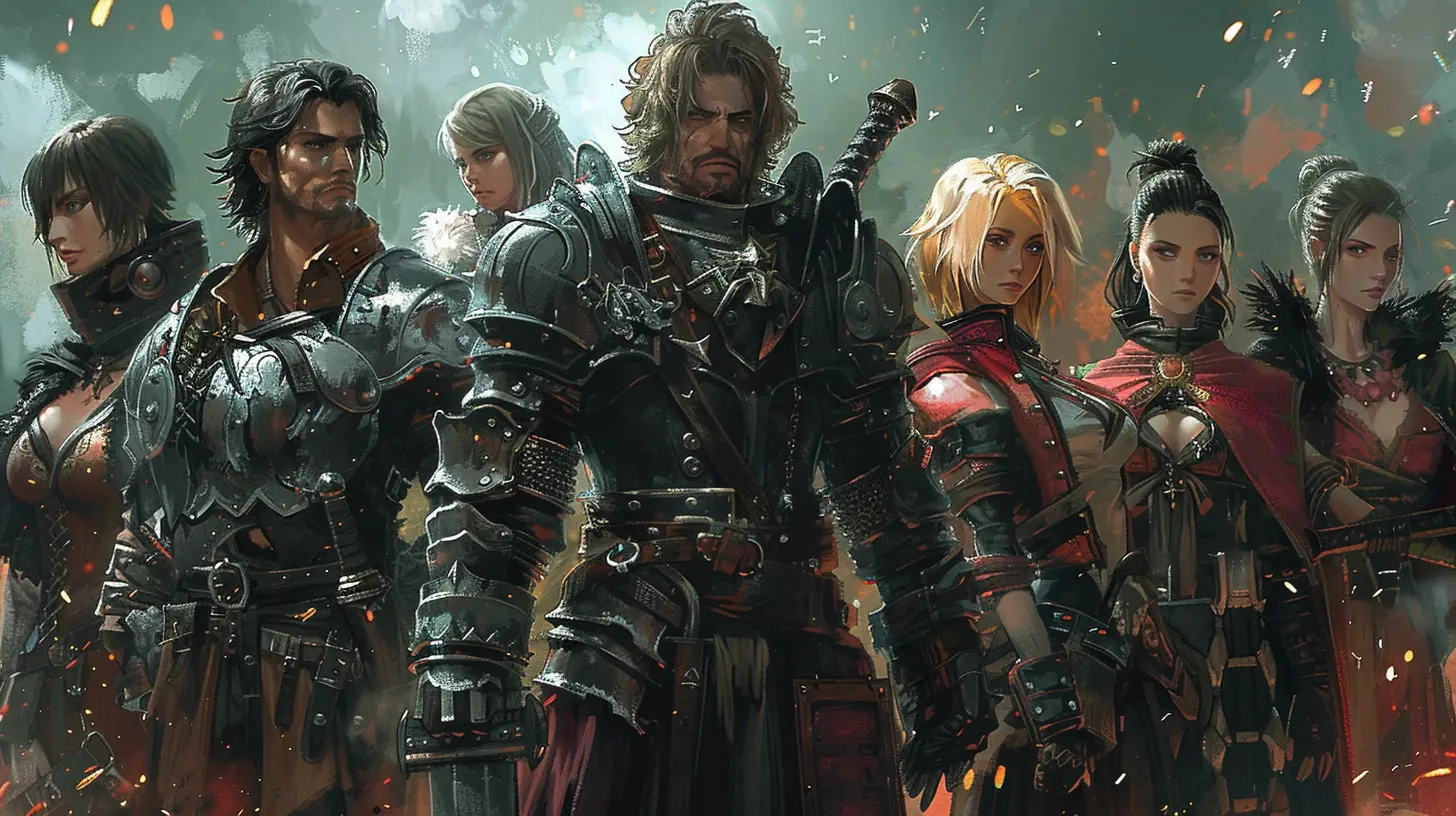
What Makes a “Perfect” JRPG Party?
Before we start piecing together our dream team, let’s ask ourselves: What does a perfect party even look like? Is it a group of overpowered juggernauts who can one-shot everything? Or does it include a balanced team that can adapt to any situation? Here’s the deal: there’s no universal answer. The key to building a successful JRPG party lies in synergy—how well your characters work together.A solid JRPG party usually covers these bases:
1. Damage Output: Someone needs to bring the pain to the enemy.
2. Healing/Support: Without a healer or support character, you'll be seeing that Game Over screen more often than you'd like.
3. Tanking/Defense: Somebody has to soak up all the damage so your squishier characters can do their thing.
4. Utility: Buffs, debuffs, status effects, and crowd control can be game-changers.
It’s a lot like assembling a team for a group project—everyone needs to pull their weight, and no one should be slacking off.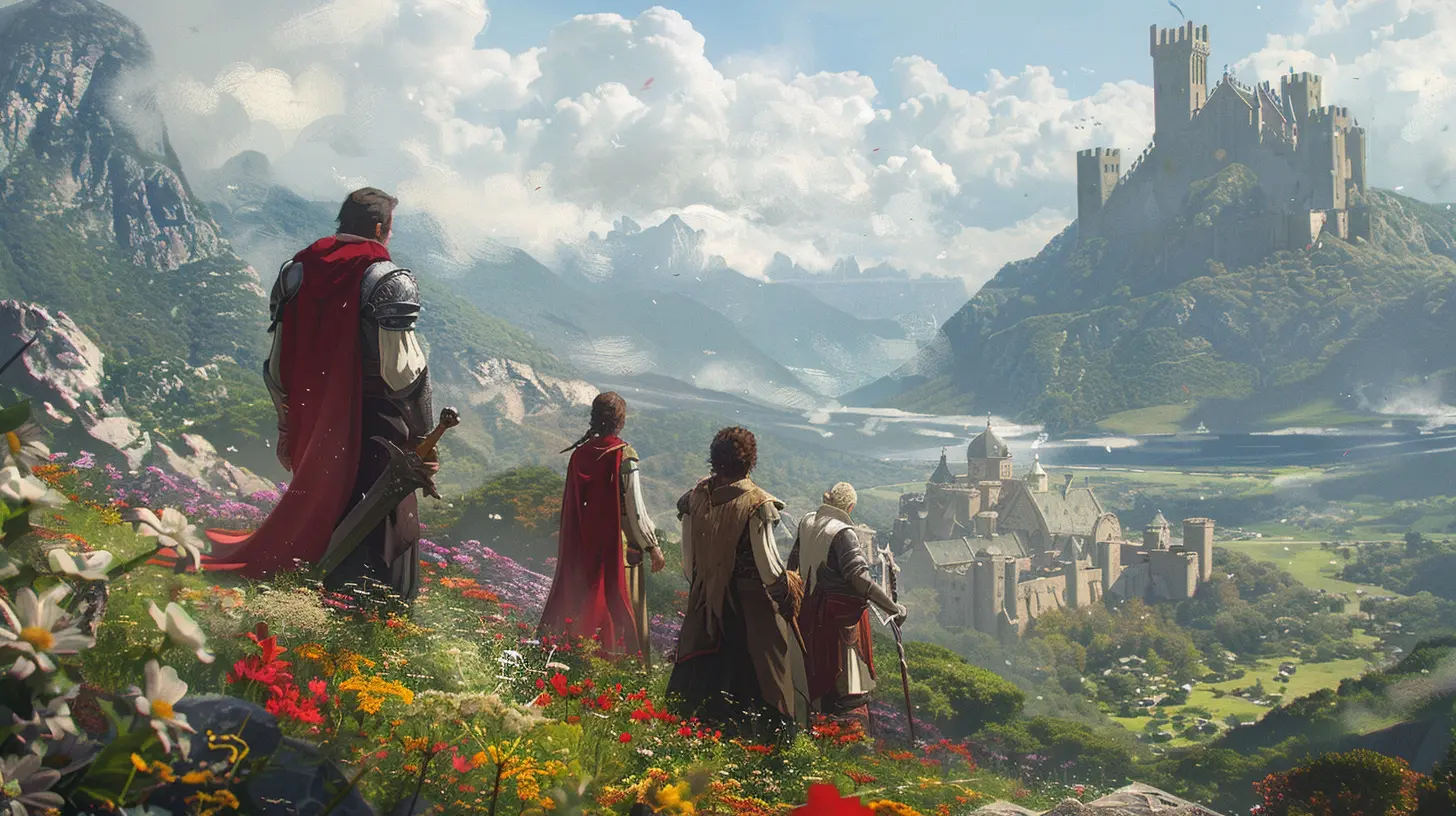
Balancing Roles in Your Party
Here’s where things get interesting: balancing your party. Think of it as building a recipe—you need the right ingredients in the proper amounts to create something amazing. Too much of one thing and not enough of another will throw everything off balance.The Importance of a Damage Dealer (or Two)
If you’re not dealing damage, you’re not winning fights. It’s that simple. Damage dealers (sometimes called DPS, or Damage Per Second) are your main source of offense. They can be swordsmen who hit like trucks, agile rogues with critical hits, or spellcasters who nuke enemies from afar.Pro Tip: Mix up your damage types. Having both physical and magical attackers can help you exploit enemy weaknesses and bypass resistances. That bulky knight might shrug off your warrior's sword but crumble under your mage’s fireball.
Healers and Support Are Your Lifeline
Sure, it’s tempting to fill your entire party with damage dealers and bulldoze your way through enemies. But what happens when your team is hit with a devastating AoE (Area of Effect) attack? Without a healer or support character, you’re toast.Healing isn’t the only form of support, though. Some characters specialize in buffs (boosting your stats), debuffs (nerfing the enemy’s stats), or status effects (like stunning or poisoning foes). Don’t sleep on these abilities—they can turn the tide of battle faster than you can say “Phoenix Down.”
Pro Tip: If you’re tight on party slots, look for hybrid characters—those who can deal damage and offer some healing or support on the side. Think red mages, monk-like characters, or clerics with a mean swing.
Tanks: The Unsung Heroes of Defense
Ever heard the saying, “The best offense is a good defense”? That’s your tank’s motto. Tanks are built to take hits and keep your squishier party members alive. They often come with high HP, strong defenses, and abilities that draw enemy attention (a mechanic often called aggro or threat).It might not be the flashiest role, but trust me, when your squishy mage avoids a one-shot KO because the tank intercepted the blow, you’ll be grateful.
Pro Tip: Some tanks excel at defense, while others can dish out damage too. Choose one that fits your playstyle. Do you want a defensive wall or a juggernaut who can hit back?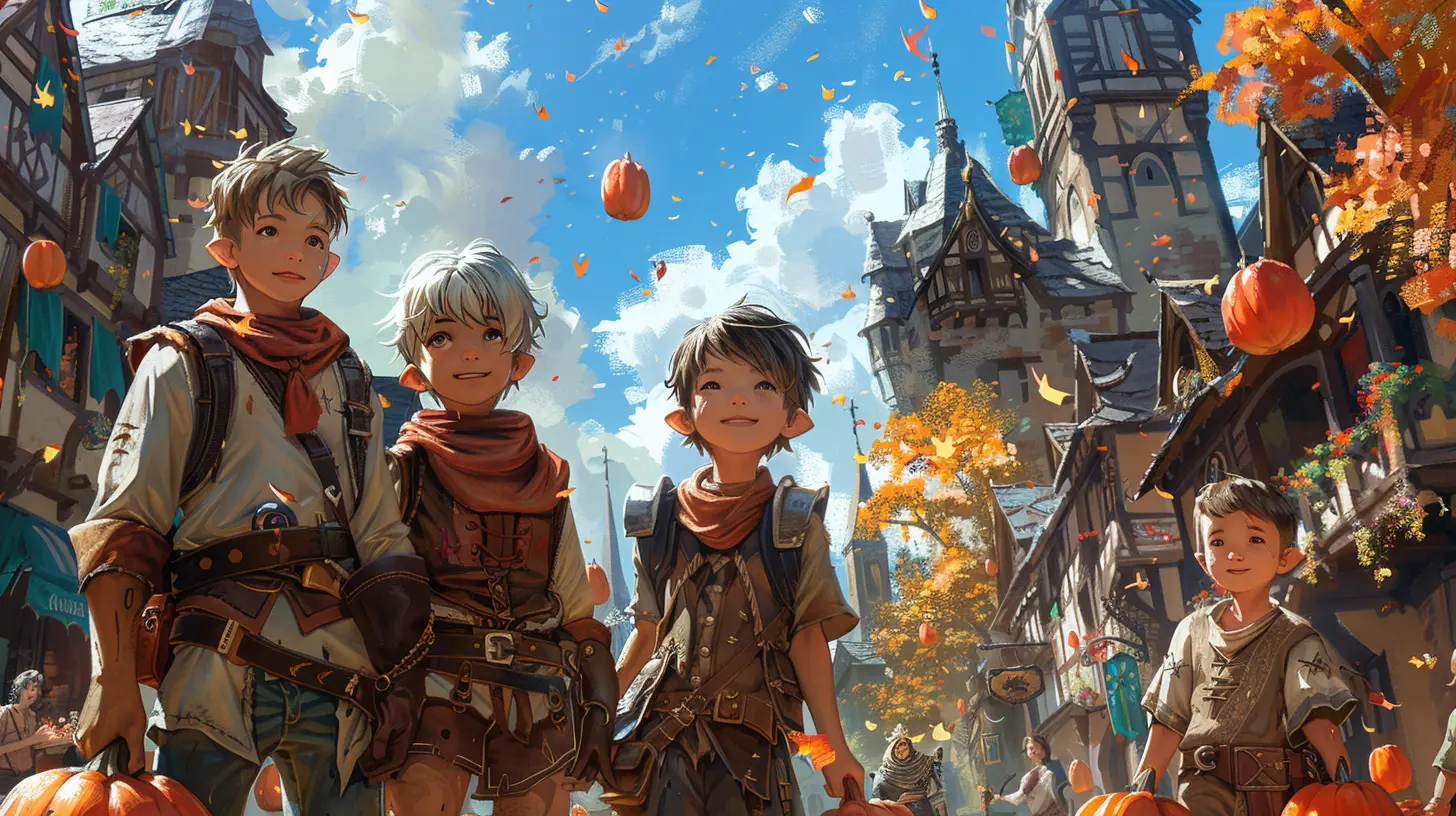
Party Composition: How Many of Each Role?
So, how should you divvy up your roles? While every JRPG is different, here’s a tried-and-true formula to get you started:1. 1-2 Damage Dealers: Your main source of offense. If your party size allows, have at least one melee fighter and one ranged or magical attacker.
2. 1 Healer/Support: Keeps your party alive. This role is non-negotiable in tougher fights.
3. 1 Tank: The meat shield who soaks up the damage.
4. 1 Utility/Hybrid (Optional): If your game allows a fifth slot, consider adding a jack-of-all-trades who can fill gaps as needed.
Of course, this isn’t a hard rule. Maybe your favorite JRPG rewards all-out offense, or maybe your healer also doubles as a tank. Adapt to the game you’re playing.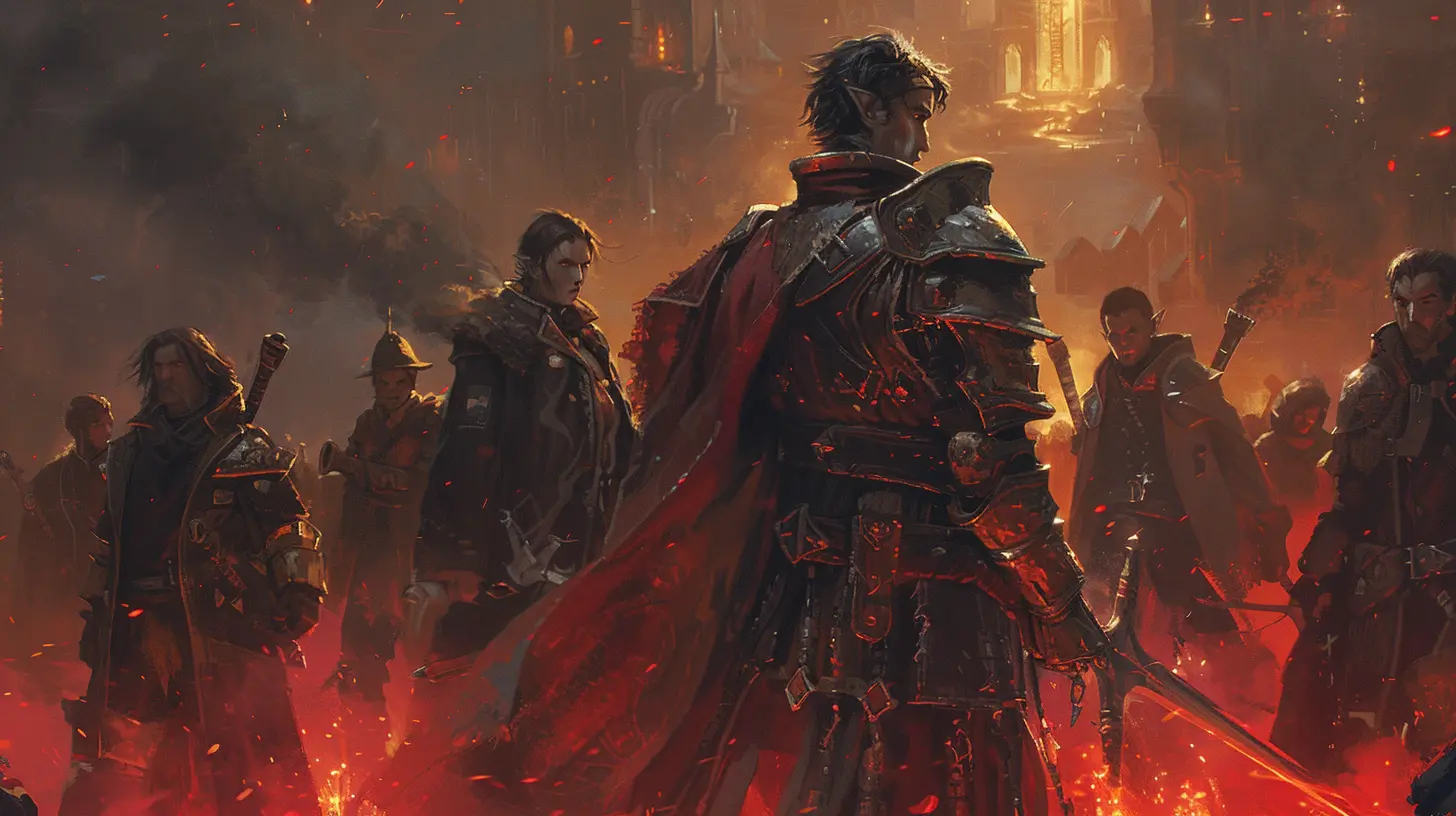
Understanding Your Game’s Mechanics
Not all JRPGs are created equal. Some games reward careful planning and a balanced team, while others let you power through with pure brute force. It’s crucial to understand your game’s unique mechanics before finalizing your party.Pay Attention to Elemental Affinities
Many JRPGs have an elemental system where certain attacks are more effective against specific enemies. For example, fire spells might wreck ice monsters but barely scratch water-based foes. Keep your party versatile in terms of elemental coverage so you can exploit these weaknesses.Study Status Effects and Resistances
Some games are heavy on status effects like poison, paralysis, or confusion. Make sure your party has ways to deal with these, whether it’s immunity gear, cleansing abilities, or items. On the flip side, don’t forget to use status effects on your enemies. Stunning a boss for just one turn can save your bacon.Adapt to the Bosses
Some bosses demand specific strategies. For instance, you might face a boss with insane physical defense but low magic resistance. In situations like this, your physical attackers won’t be much help. Keep a well-rounded roster to deal with unique challenges.Don’t Forget About Synergy
This might sound like a buzzword, but synergy—how well your party members’ abilities complement each other—is the secret sauce to JRPG success. Let me give you an example.Suppose your tank has an ability that increases their threat level, drawing all enemy attacks to them. Pair this with an AoE heal from your support, and your squishy damage dealers are free to wreak havoc without worrying about getting hit. That’s synergy in action!
Pro Tip: Read your characters’ abilities carefully and think about how they can interact. Sometimes, the best combos aren’t obvious at first glance.
Grinding and Leveling: Setting Your Party Up for Success
Even the most perfectly balanced party will struggle if they’re under-leveled or poorly equipped. Spend some time grinding for experience points, better gear, or useful items before tackling tougher challenges. Yeah, grinding can be tedious, but it’s like going to the gym—you’ll thank yourself later.Don’t Neglect Gear
Gear often matters just as much as levels. A new sword or staff can boost your damage significantly, while a piece of armor with resistance to a boss’s element might save your life. Check for gear upgrades regularly, and don’t be afraid to spend your in-game currency on essential equipment.Building Your Dream Team: A Case Study
Let’s put all this advice into practice with a hypothetical JRPG party:1. Warrior (Tank): High defense, taunts enemies, and absorbs damage.
2. Mage (Magic Damage Dealer): Hits enemies’ elemental weaknesses and deals AoE damage.
3. Rogue (Physical Damage Dealer): High single-target damage, specializes in critical hits.
4. Cleric (Healer/Support): Heals the party and buffs defense.
5. Bard (Utility/Hybrid): Buffs allies, debuffs enemies, and chips in with some damage.
This party has a bit of everything: durability, damage, healing, and utility. It’s balanced enough to handle most situations while leaving room for creative strategies.
Be Flexible and Experiment
Finally, don’t be afraid to mix things up. Some characters might surprise you with hidden potential, or you might find an unconventional strategy that works better than the traditional approach. JRPGs are all about experimentation and discovery—so have fun with it!And remember, there’s no “perfect” party. The best team is the one that fits your playstyle and gets you through the game with a smile on your face.
all images in this post were generated using AI tools
Category:
JrpgsAuthor:

Leandro Banks
Discussion
rate this article
1 comments
Molly Becker
Creating the ideal JRPG party hinges on balancing diverse skills and personalities. Embrace synergy among characters, prioritize complementary roles, and explore unique interactions. Remember, a well-crafted party not only enhances gameplay but also deepens emotional engagement with the story. Happy adventuring!
October 11, 2025 at 2:49 AM

Leandro Banks
Absolutely! A balanced party with diverse skills and strong character interactions is key to enhancing both gameplay and emotional depth. Great tips for any JRPG enthusiast!
